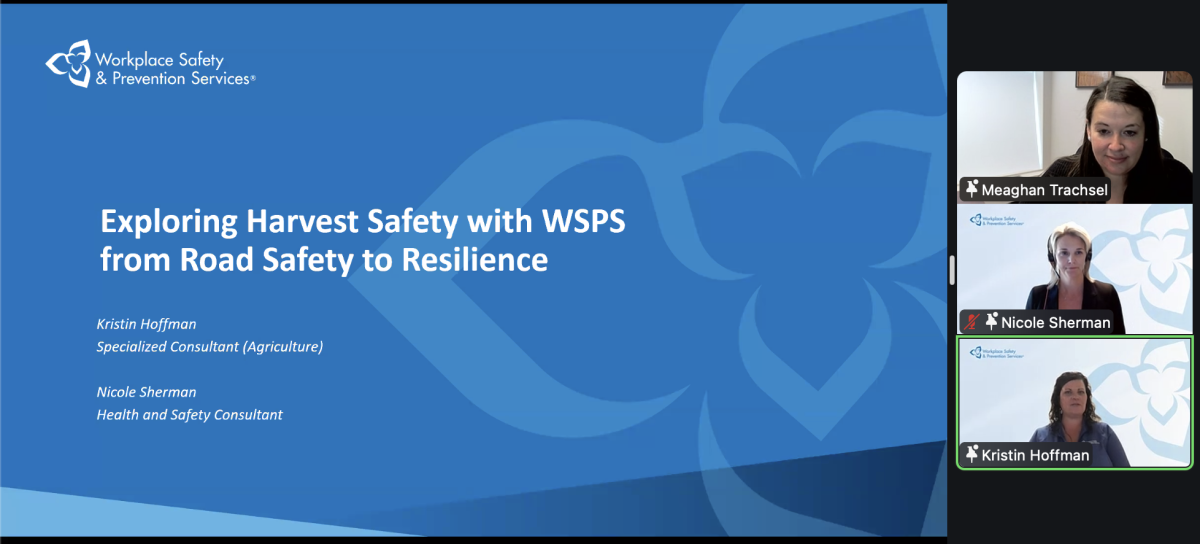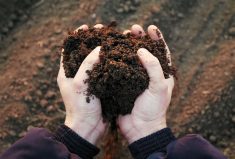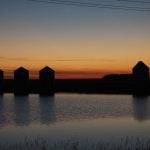Current public policy in Canada largely overlooks the wealth of ecological goods and services available in its working farmland, a new report from the Canada West Foundation suggests.
The foundation’s report, released Thursday, said other jurisdictions” “relatively new” public policy tools “have the potential to correct this oversight by
simultaneously protecting farmland, supporting rural communities, and increasing the supply of the ecological goods and
services upon which we all depend.”
The foundation said in its release that its report showed “Canada has fallen behind other jurisdictions when it comes to creative public policies for improving land stewardship on agricultural land.”
Read Also

Exploring Harvest Safety
Kristin Hoffman of WSPS explains measures for increased farm safety around harvest season
“International agri-environmental policy examples demonstrate a shift away from income support tied to production
toward producers receiving payments for the provision of ecological goods and services (EGS),” the report said. “The focus is on achieving
environmental objectives and rewarding stewardship rather than penalizing poor environmental performance.”
The seven examples cited in the report included four federal and state programs from the U.S., such as the federal Conservation Security Program and Environmental Quality Incentives Program, plus Australia’s National Landcare program and England’s Environmental Stewardship Scheme. Just one, British Columbia’s Agricultural Land Reserve (ALR), was given as a domestic example.
“Current agricultural policy in Canada does not fully address the
complex and diffuse social, ecological, and economic issues
possible to improve the maintenance and enhancement of
ecological goods and services, reduce harmful practices, and
compensate agricultural land owners for doing both.”
“Land stewardship policy for
the agriculture sector should simultaneously deliver and maintain ecological goods and services for current and future
generations; support the long-term economic viability of farming; and protect productive farmland from residential and
industrial development,” the report said.
“The design of cost-effective and successful policies
can avoid competition among economic and environmental objectives and can lead to entrepreneurial approaches that
B.C.’s ALR, which was first set up in 1972 as a means to protect prime ag land, has led to no net loss of farmland in the province since then, the report said. The reserve, sited largely near growing urban and suburban communities, helps ensure producers have close access to markets as well as to available labour pools.
Among the ALR program’s “challenges,” however, it was noted that local governments can apply to exclude certain land from the ALR on the basis of “community need,” which has led to the removal of several thousand acres in the Lower Mainland and Okanagan and on Vancouver Island, replaced in the ALR mostly by less productive ag land in the province’s north.
To meet both local government interests and provincial interests in food security and maintaining available farmland requires both “balance and transparency,” the report said.
Furthermore, the ALR doesn’t provide farmers with incentives for environmental stewardship, the report said. Also, the move to place control of regions’ ALRs in the hands of regional rather than provincewide bodies may lead to discrepancies between regions in terms of what land is included and excluded.















